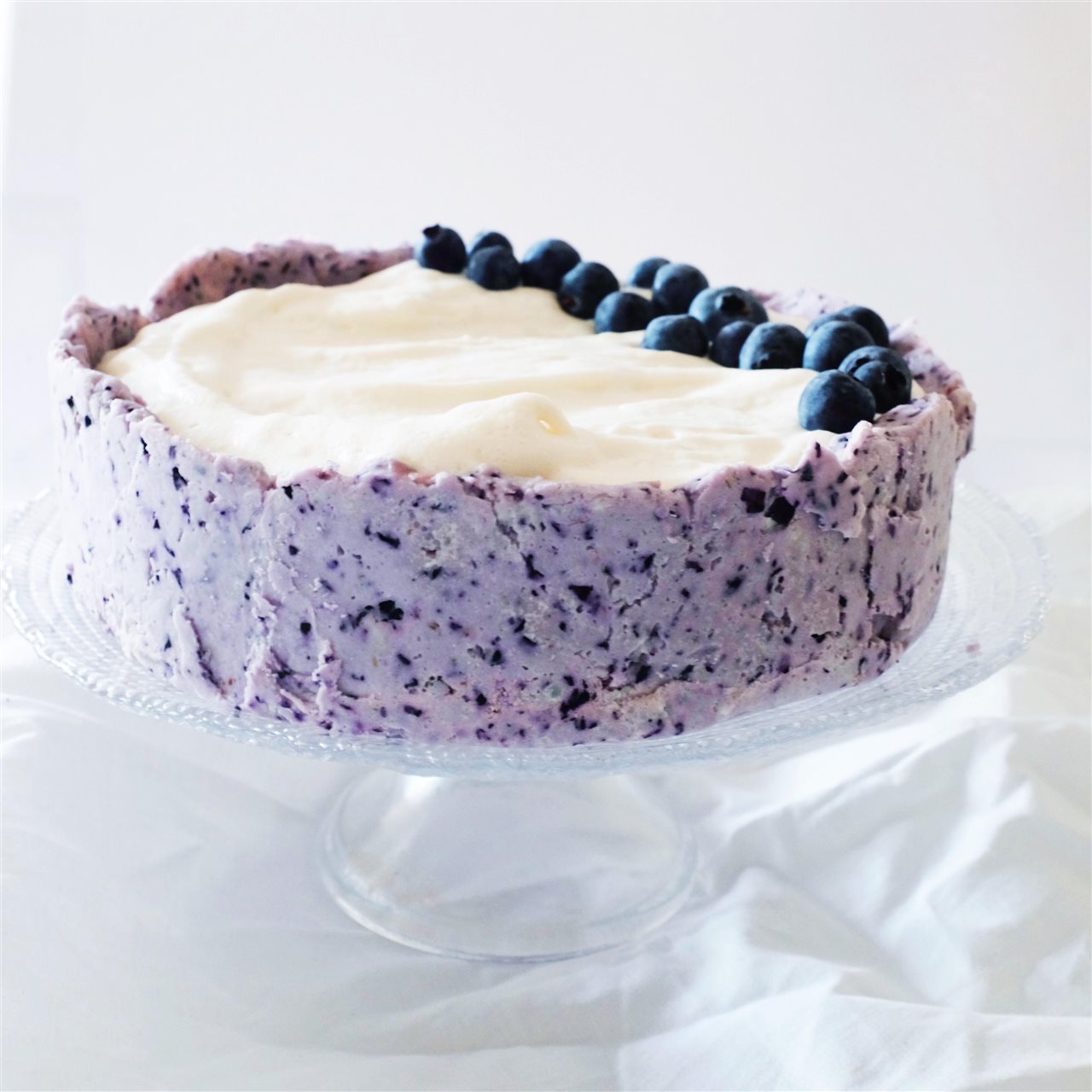Women Nobel Laureates in History
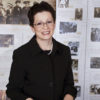

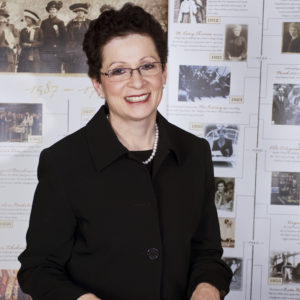
Jill S. Tietjen, PE, is an author, national speaker, and…
We wrote about some of the women who were Nobel Laureates a few years ago but there are others! Here is a recap about these famous international awards: The six categories include physics, chemistry, peace, literature, economic sciences, and physiology or medicine. In addition to the medal and the public acknowledgement, each prize comes with the generous gift of one million dollars. Alfred Nobel left full directions and the money to be invested for this award in his 1895 will. Let’s learn about some more of these very accomplished women Nobel Laureates.

Emily Greene Balch’s receipt of the Nobel Peace Prize in 1946 was not a cause of celebration for the U.S. government – which regarded her as a dangerous radical. Balch had declared herself a socialist in 1906. During World War I, she had worked with others urging the heads of states of neutral countries to intervene and stop the war. In 1935, Balch became the leader of the Women’s International League for Peace and Freedom. She warned against fascism and criticized western nations for not attempting to stop the policies of Hitler and Mussolini. During the period between the two world wars, Balch worked on many projects with the League of Nations including disarmament and drug control. After World War II, she worked on the internationalization of waterways and aviation, as she saw this as a route to worldwide peace.

Biochemist Gerty Cori was the third woman and the first American to receive a Nobel Prize in the sciences when she received the 1947 Nobel Prize in Physiology or Medicine, for her discovery of how food becomes energy for the body. That process is today known as the Cori cycle and the catalyzing compound is called the Cori ester. Cori was educated in Prague and received her M.D. there. After immigrating to the U.S., she and her husband Carl focused on two major areas of biochemistry: sugar metabolism (how sugars supply energy to the body) and glycogen storage disorders. The Cori’s work was so fundamental to understanding how the body processes food into energy that it can use, that the process is named after them: the Cori cycle. Later in her career, Gerty Cori worked on the inherited, rare, childhood diseases known as glycogen storage disorders. Her work convinced other researchers in biomedicine that understanding the structure and roles of enzymes could be critical to the understanding of the diseases themselves. In this way, she again opened up new fields of study for other scientists. An inductee into the National Women’s Hall of Fame, Cori has a crater named after her on the moon and on the planet Venus. She has been featured on a U.S. postage stamp.

In 1963, Maria Goeppert-Mayer became the first U.S. woman to receive the Nobel Prize in Physics. Recognition came after many years when she had worked as a “volunteer” – due to nepotism rules in place at the time, both spouses could not be hired with pay at the same institution. After meeting Enrico Fermi at Columbia University, she became one of the nuclear physicists on the Manhattan Project; the scientific effort that developed the atomic bomb used during World War II. After the war, Goeppert-Mayer moved to Chicago to be a senior physicist at Argonne National Laboratory – the first time she had a position on equal footing with her colleagues. At Argonne, Goeppert-Mayer began studying unusually stable elements and found patterns that she called “magic numbers”. From these, she developed the theory of the shell model for the nucleus in conjunction with spin-orbit coupling. For this theory, she was awarded the Nobel Prize. She has been inducted into the National Women’s Hall of Fame.

The second woman to receive the Nobel Prize in Physiology or Medicine, Rosalyn Yalow was honored in 1977 for her work as the co-discoverer of radioimmunoassay, an extremely sensitive way to measure insulin and other hormones in the blood. The technique invigorated the field of endocrinology. It also made possible major advances in diabetes research and in the diagnosis and treatment of hormonal problems related to growth, thyroid function and fertility. The daughter of parents who had not finished high school, Yalow entered Hunter College in New York City as their first physics major. She later earned her PhD in nuclear physics. She told interviewers that she had known from the time she was 8 years old that she wanted to be a scientist. She studied physics after reading Eve Curie’s biography of her mother, two-time Nobel Laureate Marie Curie. Yalow has been inducted into the National Women’s Hall of Fame.

In 1983, Barbara McClintock became the first woman to receive an un-shared Nobel Prize in Physiology or Medicine for her work on mobile genetic systems (sometimes referred to as jumping genes). Her discovery refers to the ability of genes to change positions on the chromosome. McClintock’s work had originally been published in 1950, but was not well received by the scientific community. In fact, it was not until the 1970s, when technology had been developed that enabled scientists to study at the molecular rather than the cellular level, that her theories became accepted. McClintock continued to work until age 90. She has been inducted into the National Women’s Hall of Fame and featured on a U.S. postage stamp.

Biologist Linda Buck received the 2004 Nobel Prize in Physiology or Medicine for her pioneering work on the olfactory (sense of smell) system. Although encouraged by her parents to do anything that she wanted with her life, Buck did not find her career direction until she took a class in immunology. Her graduate work at the University of Texas Medical Center solidified her decision to pursue immunology. During her postdoctoral research, Buck began examining the molecular processes associated with the olfactory system. Her seminal paper demonstrated how odors are detected by the nose and how that detection is interpreted by the brain. Her many honors included induction into the National Academy of Sciences and the Institutes of Medicine.
Women participate and contribute to every area of our lives. The Nobel Laureates featured in this month’s article as well as many others, almost all of whom we have not heard about nor learned about in school, across all fields of endeavor, are profiled in our book, Her Story: A Timeline of the Women Who Changed America. Help us by continuing to tell women’s stories. Write women back into history!
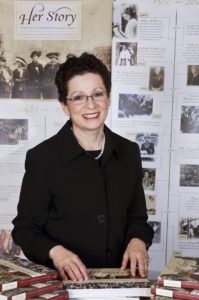 Jill S. Tietjen, PE, is an author, national speaker, and an electrical engineer. After 40 years in the electric utility industry, her professional focus is now on women’s advocacy, worldwide. She blogs for The Huffington Post, speaks nationally on the accomplishments of women, nominates women for awards, and continues to write books (8 published to date), following in the footsteps of her bestselling and award-winning book, Her Story: A Timeline of the Women Who Changed America (written with Charlotte Waisman). She is a frequent keynote speaker as her positive energy and her ability to relate to the audience result in inspired and energized listeners. The recipient of many awards, her induction into the Colorado Women’s Hall of Fame in 2010 remains one of her most treasured.
Jill S. Tietjen, PE, is an author, national speaker, and an electrical engineer. After 40 years in the electric utility industry, her professional focus is now on women’s advocacy, worldwide. She blogs for The Huffington Post, speaks nationally on the accomplishments of women, nominates women for awards, and continues to write books (8 published to date), following in the footsteps of her bestselling and award-winning book, Her Story: A Timeline of the Women Who Changed America (written with Charlotte Waisman). She is a frequent keynote speaker as her positive energy and her ability to relate to the audience result in inspired and energized listeners. The recipient of many awards, her induction into the Colorado Women’s Hall of Fame in 2010 remains one of her most treasured.
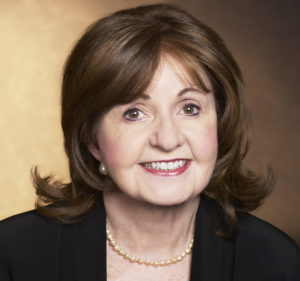 Charlotte S. Waisman, Ph.D. is a national champion and advocate for women as a professor and keynote speaker. A corporate leader, executive coach, and facilitator, she conducts leadership workshops nationally.
Charlotte S. Waisman, Ph.D. is a national champion and advocate for women as a professor and keynote speaker. A corporate leader, executive coach, and facilitator, she conducts leadership workshops nationally.
Author: Jill Tietjen
Jill S. Tietjen, PE, is an author, national speaker, and an electrical engineer. After 40 years in the electric utility industry, her professional focus is now on women’s advocacy, worldwide. She blogs for The Huffington Post, speaks nationally on the accomplishments of women, nominates women for awards, and continues to write books (8 published to date), following in the footsteps of her bestselling and award-winning book, Her Story: A Timeline of the Women Who Changed America (written with Charlotte Waisman). She is a frequent keynote speaker as her positive energy and her ability to relate to the audience result in inspired and energized listeners. The recipient of many awards, her induction into the Colorado Women’s Hall of Fame in 2010 remains one of her most treasured.

Jill S. Tietjen, PE, is an author, national speaker, and an electrical engineer. After 40 years in the electric utility industry, her professional focus is now on women’s advocacy, worldwide. She blogs for The Huffington Post, speaks nationally on the accomplishments of women, nominates women for awards, and continues to write books (8 published to date), following in the footsteps of her bestselling and award-winning book, Her Story: A Timeline of the Women Who Changed America (written with Charlotte Waisman). She is a frequent keynote speaker as her positive energy and her ability to relate to the audience result in inspired and energized listeners. The recipient of many awards, her induction into the Colorado Women’s Hall of Fame in 2010 remains one of her most treasured.

